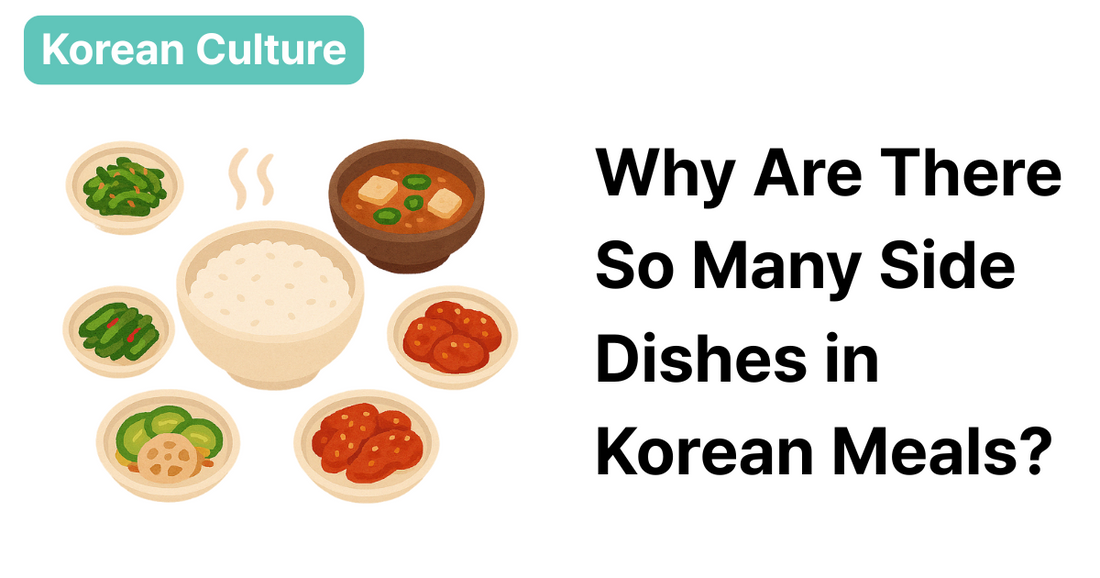
Why Are There So Many Side Dishes in Korean Meals?
Share
If you’ve ever sat down for a Korean meal, you probably noticed the table filling up with small plates of vegetables, pickles, pancakes, and more—before the main dish even arrived.
These are banchan (반찬), and they’re not just appetizers.
They’re an essential part of Korean dining, reflecting the culture’s deep love for balance, variety, and connection.
Let’s take a closer look at the meaning behind these little dishes.
What Are Banchan?
Banchan (반찬) refers to the variety of small side dishes served with rice and soup in a typical Korean meal.
They can include:
- Kimchi (fermented vegetables)
- Namul (seasoned greens)
- Jeon (Korean pancakes)
- Jorim (braised tofu or fish)
- Pickled radish, stir-fried anchovies, and more
Unlike Western meals, where one main dish dominates, Korean cuisine is built around balance and variety—and banchan makes that possible.
💡 Banchan is usually refillable in restaurants, showing a spirit of abundance and sharing.
The Art of Sharing and Variety
Korean meals are communal, and banchan plays a huge role in encouraging that.
You don’t get your own plate of food—you share everything on the table.
This makes eating feel like a conversation, not just a meal.
- 🥢 Each person gets a taste of many flavors
- 🌶️ Spicy, sweet, sour, and salty dishes balance each other out
- 🍚 They help make a simple bowl of rice feel rich and complete
Banchan creates harmony on the table, just like Korean culture values harmony in relationships.
What Banchan Says About Korean Values
Banchan isn’t just food—it tells a story of hospitality, care, and resourcefulness.
- Many banchan are made with seasonal ingredients and preserved foods
- They reflect effort and love from the cook (especially in home cooking)
- And they symbolize the idea that even simple meals should feel abundant
💡 In Korean homes, preparing a meal often means preparing a variety—not because it’s fancy, but because everyone deserves a full and balanced table.
A Meal Full of Small Dishes Reflects a Culture Full of Generosity
Next time you enjoy Korean food with a dozen small plates, take a moment to appreciate the message behind them.
It’s not about showing off—it’s about sharing, harmony, and care.
📩 Subscribe to our newsletter
Get weekly insights into Korean food, language tips, and cultural stories—delivered straight to your inbox!
